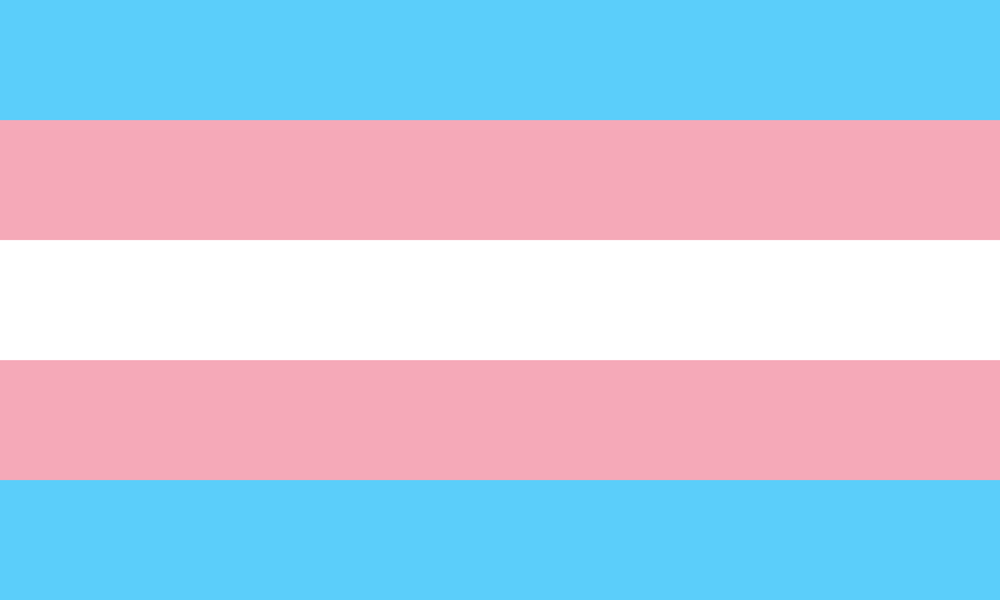
Transgender (or just ‘trans’) is a way of describing anyone who doesn’t identify with – who does not want to be – the gender they were assigned at birth. While trans men and trans women have been the most visible and well known group in this category, it’s very common for nonbinary people also to identify as transgender.
Gender is a set of subjective experiences, not a set of body parts. A person of any gender might find themself born into any kind of a body… But… The type of body each of us wants or needs to live in, can be an important part of how we feel about our gender – whether we are trans or not.
Lots of other things in our world are associated with gender too. Often in ways that greatly limit people’s freedoms. How we present ourselves through clothes, hair and cosmetics. How we behave, how we talk to those around us and what’s considered polite. Gender dysphoria (distress, unhappiness about the gender we were assigned at birth) is most often talked about as a reason to have medical help to change one’s body as part of gender transition. But the the way everyone around us treats us because of the gender they see us as being (the words they use, they way they expect us to look and behave) can cause dysphoria too. Or to put it another way, it’s up to each trans, nonbinary and genderfluid person to discover what is the route to gender euphoria for them – whether body, presentation or social interactions turn out to be the most important thing.
There’s more to transition than ‘picking a side’ – and we don’t just say that because there are more than two sides! Discovering what our feelings and experiences of gender actually mean is made much more difficult by a society that doesn’t talk about these things openly and acceptingly enough – that fails to offer all the possibilities to everyone before they might discover that they need them. Then, the social world and the legal and medical establishment make it very difficult to change what needs to be changed.
While trans people have become more visible in the media in the last decade or so, there’s really nothing sudden about it. Trans people have always existed – seen or unseen. And for each one, coming to understand their own transness, what to do about it, and how authentically to be the person they really are, can be a lifelong project.
For more information see our Trans Mythbuster…
The trans pride flag above is the best known version. It was designed in 1999 by Monica Helms, to be symmetrical so it has no ‘wrong way round’. The colours represent:
- Blue: male
- Pink: female
- White: nonbinary, agender, intersex, transitioning
Events:
- Transgender Day of Visibility: 31 March
- Trans Parent Day: 5 November
- Transgender Day of Remembrance: 20 November